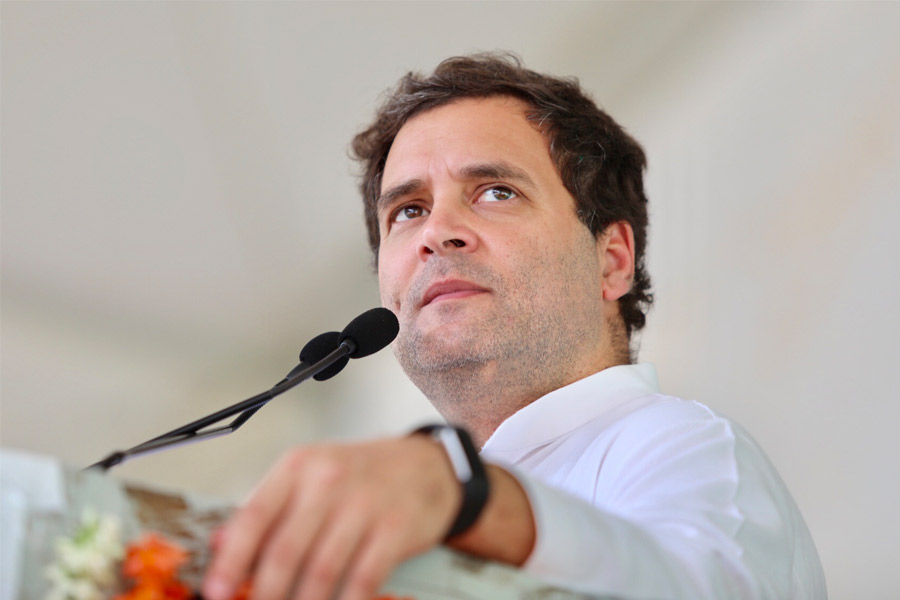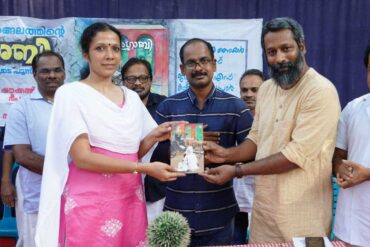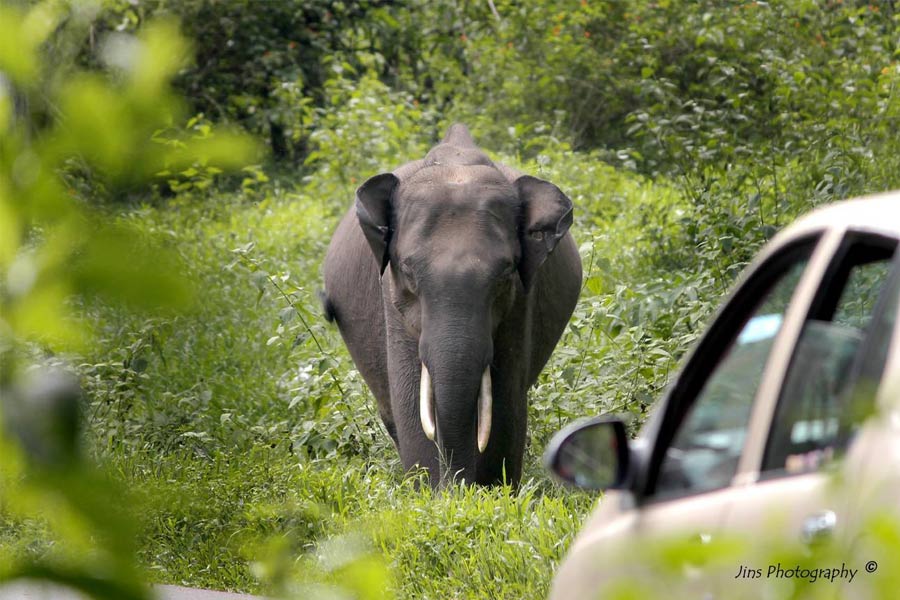After his massive victory from Wayanad in the May 2019 elections, Rahul Gandhi returned to his Lok Sabha constituency twice in the past few months. His first visit, after the initial thanksgiving tour, was during the floods in August that led to massive landslides and loss of life in two hill-side hamlets, at Mepadi in Waynad and Nilambur in Malappuram district.
Rahul Gandhi was one of the first major politicians to visit the sites of tragedies and he took the lead to organise rescue and relief efforts. He also arranged massive amounts of relief material from other parts of the country. Landslides have become a regular feature in the hill regions in Western Ghats and its environs, consuming many lives every year. The two landslides in his constituency underscored its fragile ecology and the serious environmental challenges it faces.
The last visit happened last week, when he came to meet the activists sitting on a satyagraha on the national highway connecting Wayanad to Mysore in Karnataka—a road that goes through the Bandipur reserve forests and lying contiguous to the Nagarhole National Tiger park. The protests, including the road picketing was an impromptu affair, ostensibly launched in protest against the proposal to shut down the highway.

But the agitation and the rumour-mongering in its wake left many questions unanswered. It was sudden, abrupt and took an aggressive turn. It started as a protest against the purported move to shut down the road, but there was no such move in the first place. Neither the Karnataka government had made a move nor had the Supreme Court explicitly directed that the night-time traffic shut down—in place since the last decade between 9 pm and 6 am—be extended to the day.
Ban on night-time travel through the 19 km stretch of the Bandipur tiger reserve on the national highway was stopped by the Supreme Court and enforced by the Karnataka government for two reasons. First of all, it was noticed that the incessant traffic through the forest had been causing serious damage to the wildlife. Animals cross the roads for foraging purposes and in search of water, but the rushing vehicles caused accidents and large number of animal casualties. Secondly, there were incidents of poaching that normally took place during the night. Wild animals were the greatest victims of the rising tourist activity, and it is a known fact that many resorts provide customers with bush meat for a price.
The shutdown of the road for certain hours during the night had been generally accepted by the public though there were vested interests who did make efforts to thwart such basic steps for wildlife protection. A verbal observation by the Supreme Court, about a total shutdown of the highway while considering a case connected with the issue, led to the recent agitation.
There is genuine concern among the public about highway shutdown as many people in Wayanad make a living with small-time employment and cultivation in parts of Karnataka accessed through this road. But the problem will have to be tackled with a long-term perspective that takes into account the protection of endangered wildlife. There are many proposals on the table including building an elevated passage on the Bandipur stretch. At present, the alternative route available to Karnataka goes through Mananthavady-Kutta-Gonikkoppal, which is 35 km longer. Moreover, this route also passes through reserved forests.
Rahul Gandhi came to offer his support to the demands of the agitators—which included discarding the present night-time traffic shutdown—with an eye on the public mood, but as a politician and as a leader of the grand old Party, he appears to have ignored the long-term interests of his people and the region. Environmental protection is a major global concern and just as Gandhi was visiting Wayanad to pledge his support to the protestors, 16-year-old Greta Thunburg was on a voyage to New York from her native Sweden on a wind-powered yacht. She undertook this perilous trip to bring home the need for sacrifices on the part of humanity for the protection of planet earth and all organisms inhabiting it.
Gandhi seems to have failed to realise this larger picture and it is a major failure on the part of a politician who aspires to lead a country like India into the 21st century. The reason for his failure to grasp things appears to be on account of his complete reliance on his party’s local political establishment. Despite getting elected as an MP for Wayanad, Rahul Gandhi has never taken steps to establish contact with local civil society segments that represent concerns often ignored by political parties. Ecology and environment are major concerns on which political parties generally find themselves on the side of the vested interests. During the 2014 elections, a huge frenzy was whipped up against the Madhav Gadgil committee report and, at one point, some hooligans even attacked the Revenue Department Office at Thamarassery. Such vested interests with ulterior motives have often received backing from political parties, including the Indian National Congress.
Rahul Gandhi only needs to take some lessons from history. He could start with Indira Gandhi, his grandmother, who was passionate about environmental issues. In the seventies, at Ambukuthimala near Ambalavayal in Wayanad, heavy quarrying operations threatened Edakal caves, with stone-age paintings in its interior walls. Local historians and nature-lovers petitioned the state government for protection of the rare historical and cultural site, but that went unheeded. A petition was sent to the prime minister’s office as a desperate effort, but Indira Gandhi took up the matter seriously and ordered action to protect the site, remembers Dr M G S Narayanan, who was one of those behind the effort to safeguard the caves.
Ditto with Silent Valley. The C Achutha Menon government had taken up an ambitious project for hydel power generation damming up the Kunthipuzha river, which would have inundated vast tracts of this ecological hotspot. While all major political parties were for the project, it was opposed by only a handful of environmentalists, scientists and activists with no resources. Again, it was Indira Gandhi who came to the rescue, ordering its takeover as a national biological park.
These are examples for Rahul Gandhi to emulate, if he is to make a lasting contribution as a politician who upholds the real interests of the region he now represents in Parliament. He should remember that Wayanad is not just another place to plunder; it is a natural organism that throbs with so much of history, culture and ecological assets that ought to be protected for future generations.







